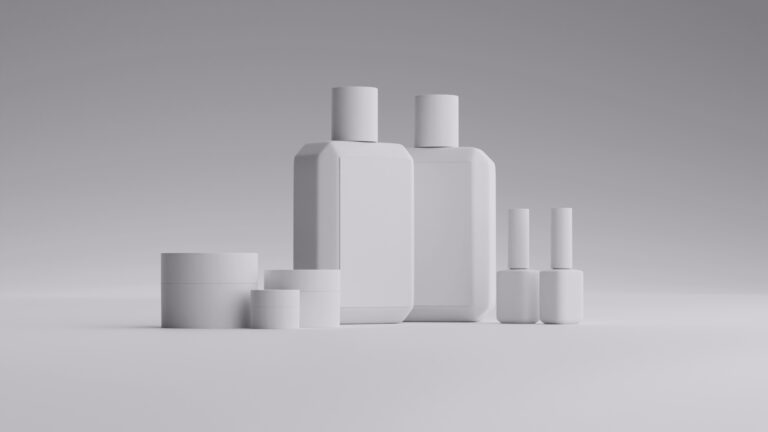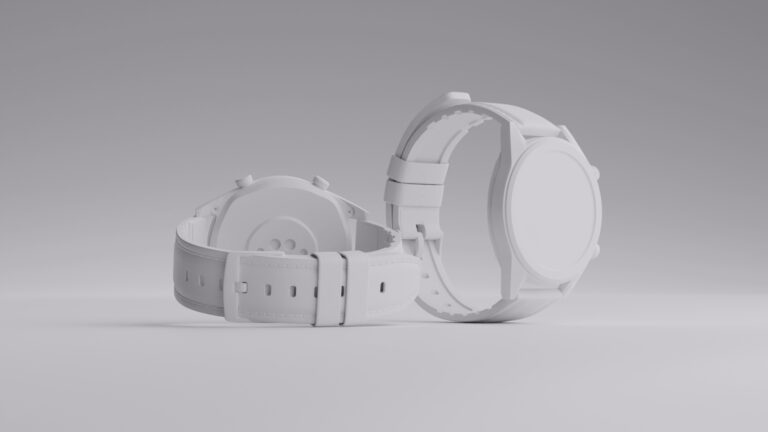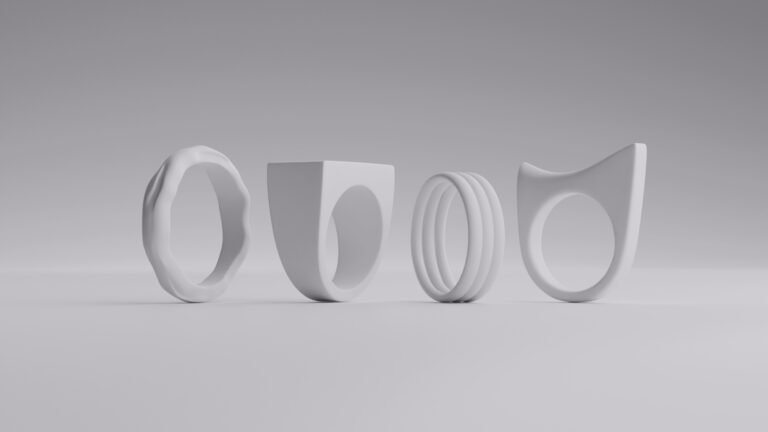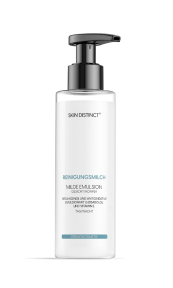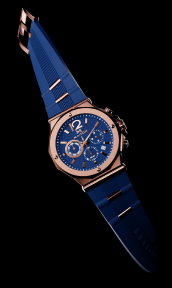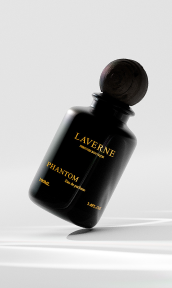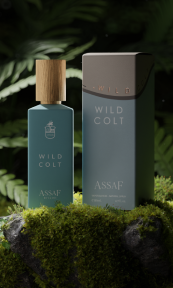AI has introduced powerful tools to product photography, transforming a traditionally manual process into one that is more efficient, cost-effective, and accessible. However, as with any technology, there is a learning curve, and mistakes can lead to less-than-ideal results. To help you better understand how to use AI to your advantage, we’ll provide you with tips on how to avoid the most frequent mistakes in AI Product Photography that appear during image creation. Thus, you will capture the best possible images for your brand. So, let’s begin!
Over-reliance on Automation for Editing and Retouching

AI-powered tools like Adobe Sensei and Luminar AI offer impressive editing features, automating everything from skin retouching to color balancing. However, when AI is used to retouch product images without supervision, it often applies generalized filters that don’t suit all products. This one-size-fits-all approach can lead to unnatural, overly saturated colors, blown-out highlights, or lost shadow details, ultimately detracting from the authenticity of the product.
Moreover, AI editing tools may not always recognize important nuances, like subtle textures or specific color shades essential to the product’s appeal. For example, an automated process might smooth over intricate textures on leather goods or alter the unique hues of a handcrafted item, compromising its quality. While AI speeds up the editing process, relying too much on these automated adjustments can result in images that appear artificial and unappealing to discerning customers.
How to Avoid This Mistake
- Fine-Tune Manually: Use AI to perform initial edits, but always review and refine the results manually. Small adjustments to brightness, contrast, and color saturation can make a big difference in maintaining a natural look.
- Stay Subtle with AI Filters: Many AI tools offer pre-made filters, but these can sometimes be too intense. Dial back the effects to keep the product looking realistic and true to its original form.
Automation is a powerful ally in editing, but always maintain a balance between AI-generated edits and manual adjustments. By fine-tuning AI edits, you preserve the product’s authenticity and ensure it resonates more genuinely with potential buyers.
Ignoring Consistency Across Product Images
Consistency is key to creating a cohesive brand identity, but it’s easy to overlook when using AI tools that offer a variety of editing options and styles. When different filters and lighting settings are applied to images across the same product line, it can lead to an inconsistent appearance, making the overall presentation look unprofessional. This inconsistency can confuse consumers, leading them to question the brand’s quality and attention to detail.
Additionally, inconsistent image styles can negatively impact your ecommerce site’s layout. When product images vary in lighting, color temperature, or background, the website’s overall aesthetic suffers. This lack of uniformity may distract customers from the products themselves, reducing conversion rates. To maintain consistency, define clear guidelines for AI edits and save presets that align with your brand’s visual identity.
How to Avoid This Mistake
- Create a Style Guide: Define specific guidelines for lighting, color grading, and angles that all product images should adhere to. Many AI tools allow you to save and reuse editing presets, which can help maintain a consistent look across all your images.
- Batch Process Carefully: Use AI to batch process images, but keep an eye on each batch to ensure that changes apply uniformly. Consistency in product photography helps build a cohesive brand identity.
Maintaining consistent product imagery helps build brand recognition and provides a seamless shopping experience. Define and adhere to a unified style to ensure your product photos complement one another and reflect a cohesive brand image.
Using Inappropriate Backgrounds and Environments

One of AI’s most exciting capabilities is creating custom backgrounds for product photos, which can add a unique aesthetic to images. However, it’s crucial to ensure the background enhances rather than distracts from the product. For instance, using overly elaborate or busy backgrounds can pull attention away from the product, making it harder for customers to focus on key features. AI makes it easy to experiment with various settings, but without a thoughtful approach, you risk diluting the product’s appeal.
Moreover, background choice is essential for communicating the right context and brand message. A product geared toward luxury, for example, should be placed against a sophisticated, minimalist backdrop, rather than a cluttered or overly vibrant one. Take the time to choose backgrounds that reflect the product’s purpose and target audience, keeping the overall composition clean and focused. Many AI tools allow you to test backgrounds quickly, so take advantage of this to find the best match.
How to Avoid This Mistake
- Keep Backgrounds Simple: Choose backgrounds that complement the product, highlighting its features rather than competing with it. For many products, a clean, minimalist background works best.
- Test Different Options: Many AI tools allow for quick swapping of backgrounds, so try out various options and ask for feedback on which one best highlights the product. Ideally, the background should enhance the product’s appeal without overshadowing it.
Background selection is a key component of effective product photography. Choose AI-generated backgrounds that complement the product rather than distract from it, maintaining a professional and appealing visual focus.
Failing to Optimize for Realism in CGI Renders
CGI and AI-generated imagery have brought incredible possibilities to product photography, but achieving realism in CGI renders can be challenging. Renders that lack realistic textures, lighting, and shadows often appear flat and artificial, diminishing the product’s perceived quality. For instance, shadows in CGI images can sometimes appear harsh or misaligned with the light source, resulting in an image that lacks depth and believability.
Further, certain textures—such as metallic surfaces or fabric patterns—require specific attention to detail to mimic real-world materials accurately. Even minor inconsistencies in texture and reflection can disrupt the image’s authenticity. Spend time adjusting the fine details in AI-generated renders, ensuring that elements like material textures, reflections, and shadows closely resemble those of the actual product. This attention to detail enhances the viewer’s perception, making the image look more realistic and appealing.
How to Avoid This Mistake
- Focus on Details: When using CGI, pay close attention to small details such as surface textures, lighting direction, and shadows. Ensure that these elements are as realistic as possible to create a believable image.
- Incorporate Real Photography Elements: Combining CGI renders with actual photography, such as adding realistic textures or shadows from real images, can create a more authentic appearance. This hybrid approach blends the best of both worlds, increasing realism.
Realism is essential for CGI renders to create a believable and appealing representation of your products. Focus on fine-tuning textures, shadows, and lighting for a lifelike appearance that helps build customer trust.
Skipping the Proofing Stage

It’s tempting to trust AI’s speed and efficiency when producing a large volume of product images, but skipping the proofing stage can result in missed errors that detract from quality. Small issues such as alignment inconsistencies, color discrepancies, or overlooked blemishes may not be immediately noticeable, yet these can significantly impact the final image’s quality. Without a thorough review, such errors can make your images appear unprofessional, affecting the customer’s perception of your brand.
Proofing is also important for ensuring color accuracy, especially for products where specific shades are critical, like cosmetics or apparel. AI tools might not always reproduce these colors accurately, so use the proofing stage to compare images with the actual product and make adjustments as needed. Checking each image thoroughly helps maintain a high standard of quality, creating a better impression with potential customers.
How to Avoid This Mistake
- Implement a Quality Control Step: Always have someone review the images before publishing. A fresh set of eyes can often catch mistakes that go unnoticed during the editing process.
- Zoom In on Details: During the proofing stage, zoom in on key parts of the image to ensure there are no unwanted artifacts or inconsistencies. This step can help catch minor issues that detract from the overall quality of the photo.
The proofing stage is a vital quality control step that helps catch minor errors before images are published. Prioritize proofing to ensure each image meets your brand’s standards and accurately represents the product.
Ignoring File Formats and Resolution Requirements
File formats and resolution settings are essential details that affect the usability of product images across various platforms. Using a low-resolution image may work well for quick previews, but it won’t stand up to zooming or high-quality displays, which can be frustrating for customers wanting a closer look. Furthermore, the wrong file format might compromise image quality or result in slower load times on websites, impacting the user experience.
Different platforms have specific file format requirements, so make sure you’re optimizing for each one. JPEG is generally ideal for web use due to its balance of quality and file size, while PNG is preferred for images with transparency. For print, a high-resolution TIFF or vector file format may be necessary. Understanding these format and resolution requirements is key to ensuring your images look sharp and load efficiently on any platform.
How to Avoid This Mistake
- Understand Platform Requirements: Different platforms have specific requirements for image resolution and file format. Be sure to optimize your images for their intended use, whether that’s web, print, or social media.
- Use High-Resolution Files for Key Visuals: Always save a high-resolution version of your images, especially for e-commerce platforms where product detail matters. Then, create web-friendly versions to ensure fast loading times on digital platforms.
Proper file formatting and resolution settings ensure that your images are usable across various digital and print mediums. Select the right format and resolution for your needs to optimize both visual quality and platform compatibility.
Overlooking the Importance of Product Angles

When consumers shop online, they cannot physically examine products, so showing multiple angles is crucial. AI makes it easy to capture 360-degree views and various angles, yet some brands only display a single, flat image. This oversight can leave customers feeling uncertain about the product, as they’re unable to see key details, which might ultimately dissuade them from purchasing.
Different products require different angles. For example, a handbag might benefit from a top-down view to highlight its storage compartments, while shoes may need profile and rear views to showcase their design features. Take advantage of AI tools to quickly generate diverse angles that provide a complete perspective, helping customers feel more confident in their buying decisions.
How to Avoid This Mistake
- Cover Essential Angles: Be sure to show all the important angles of the product, especially if it has unique features or details. Use AI to create interactive 360-degree views if possible, as this allows customers to explore the product fully.
- Focus on Customer Needs: Think about the customer’s perspective when choosing angles. Highlight specific features or details that may influence their purchasing decision. Showing angles that are relevant to the user experience can improve customer engagement.
Presenting multiple angles of a product gives customers a more comprehensive view, which can improve engagement and reduce return rates. Use AI to cover all essential angles, showcasing details that help potential buyers make informed decisions.
Not Taking Advantage of Interactive and AR Capabilities
AI-driven AR and interactive features offer customers an enhanced experience, yet many brands still overlook these technologies. Adding 360-degree views or AR try-ons allows customers to explore products in a more immersive way, which can help them better understand how the product fits into their lives. Failing to incorporate these capabilities can make your products appear less engaging, reducing the likelihood of a sale.
These interactive elements are particularly effective for industries like fashion, home decor, and beauty, where customers often want to see how products look in real-life scenarios. By implementing interactive features, you provide a more engaging and informative experience, ultimately increasing customer satisfaction and potentially boosting sales.
How to Avoid This Mistake
- Utilize 360-Degree Views: Use AI to generate 360-degree views of products, allowing customers to explore every angle. This is particularly useful for items that are visually complex or need to be seen in detail, like electronics or home decor.
- Incorporate AR Try-Ons: For items like fashion, beauty products, or furniture, consider adding AR features that let customers see how the product looks on them or in their space. Many AI tools can help integrate AR capabilities without extensive technical expertise.
Interactive features such as 360-degree views and AR try-ons can significantly enhance the shopping experience. Utilize these AI capabilities to provide an immersive experience that builds consumer confidence and drives higher conversion rates.
Wrapping up
AI has transformed product photography, making it easier and more accessible than ever to create compelling visuals. However, as with any tool, it’s essential to use AI thoughtfully to avoid common pitfalls. By paying attention to detail, maintaining consistency, optimizing for realism, and embracing interactive features, brands can create AI-enhanced product images that are both effective and visually appealing. AI is a valuable tool, but like all technology, it works best when paired with thoughtful execution and attention to detail.
FAQ
Why is over-relying on AI for editing a bad idea?
While AI-powered tools can speed up the editing process, they often apply generic adjustments that may not suit specific products. Over-relying on AI can lead to images that look unnatural or overly edited, detracting from the product’s authenticity. It’s important to make manual adjustments to ensure the product’s true characteristics and details are accurately represented.
How can I maintain consistency across all my product images using AI?
Consistency is key for creating a cohesive brand identity. To achieve this, establish a style guide with specific guidelines for lighting, color grading, and angles. Many AI tools allow you to save and apply presets, which helps to maintain a consistent look across all your images. Be mindful of batch processing and review each set to ensure the edits are uniformly applied.
What should I consider when selecting backgrounds with AI tools?
Backgrounds should complement the product rather than distract from it. Avoid busy or overly elaborate backgrounds that might compete with the product for attention. Instead, choose simple, minimalist backgrounds that highlight key features. AI tools often allow you to test various backgrounds quickly, so take advantage of this feature to find the most suitable option for your brand and audience.
How can I make AI-generated CGI renders look more realistic?
To improve realism in CGI renders, focus on details like texture, lighting, and shadows. Use AI to fine-tune these elements, ensuring that they mimic real-world materials accurately. You can also blend CGI with real photography by incorporating actual textures and shadows, creating a more authentic look. Paying attention to these details will enhance the image’s believability and appeal.
What interactive features can I add with AI to enhance the customer experience?
AI tools allow for features like 360-degree views and augmented reality (AR) try-ons. These interactive elements give customers an immersive experience, allowing them to explore products in more detail. For example, a 360-degree view lets users see all angles of the product, while AR try-ons enable them to visualize how items like furniture, accessories, or cosmetics might look in their space or on themselves. Incorporating these features can boost engagement and customer satisfaction.





